Residential – Commercial – Industrial Plumbing Services
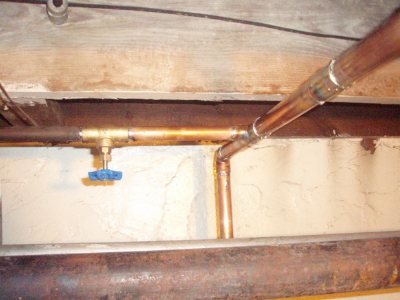
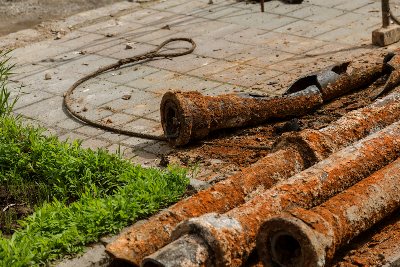
(especially if you have cast iron plumbing):
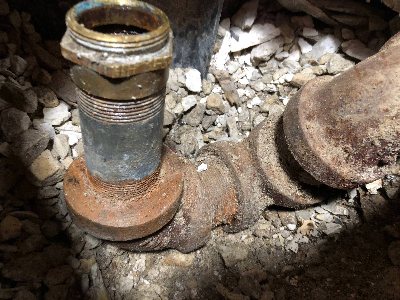
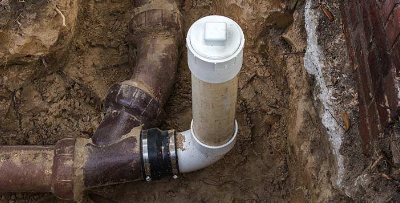
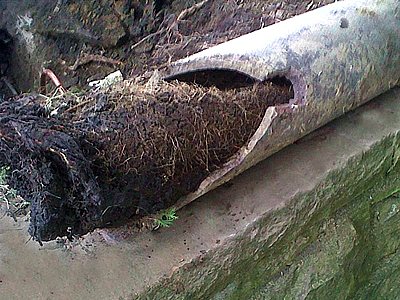
The only sure way to determine the condition of your sewer line, is to put a Sewer Camera down the pipe and examine the entire system. It’s best to have this done by a professional who can clean and flush the line out first to get the best possible picture, then camera the line from the house all the way out to the Sewer Main in the street. A good company will do this and also provide you with a copy of the video and explain what they have found. It usually runs $300.00 to $500.00 for the video inspection.
If the problem is localized to an area of a few feet, it’s usually best just to dig it up and repair the problem. If there is root penetration into an older sewer line so extensive that the whole sewer line has to be replaced, there are essentially three permanent solutions; dig it up to replace the pipe, install a new pipe with a pipe-bursting system, or install a new liner inside the old pipe. Conventional trenching and replacing the pipe is normally the most intrusive remedy, but sometimes this is the only reasonable solution due to the condition of the pipe and a lack of other options.
HOURS OF OPERATION